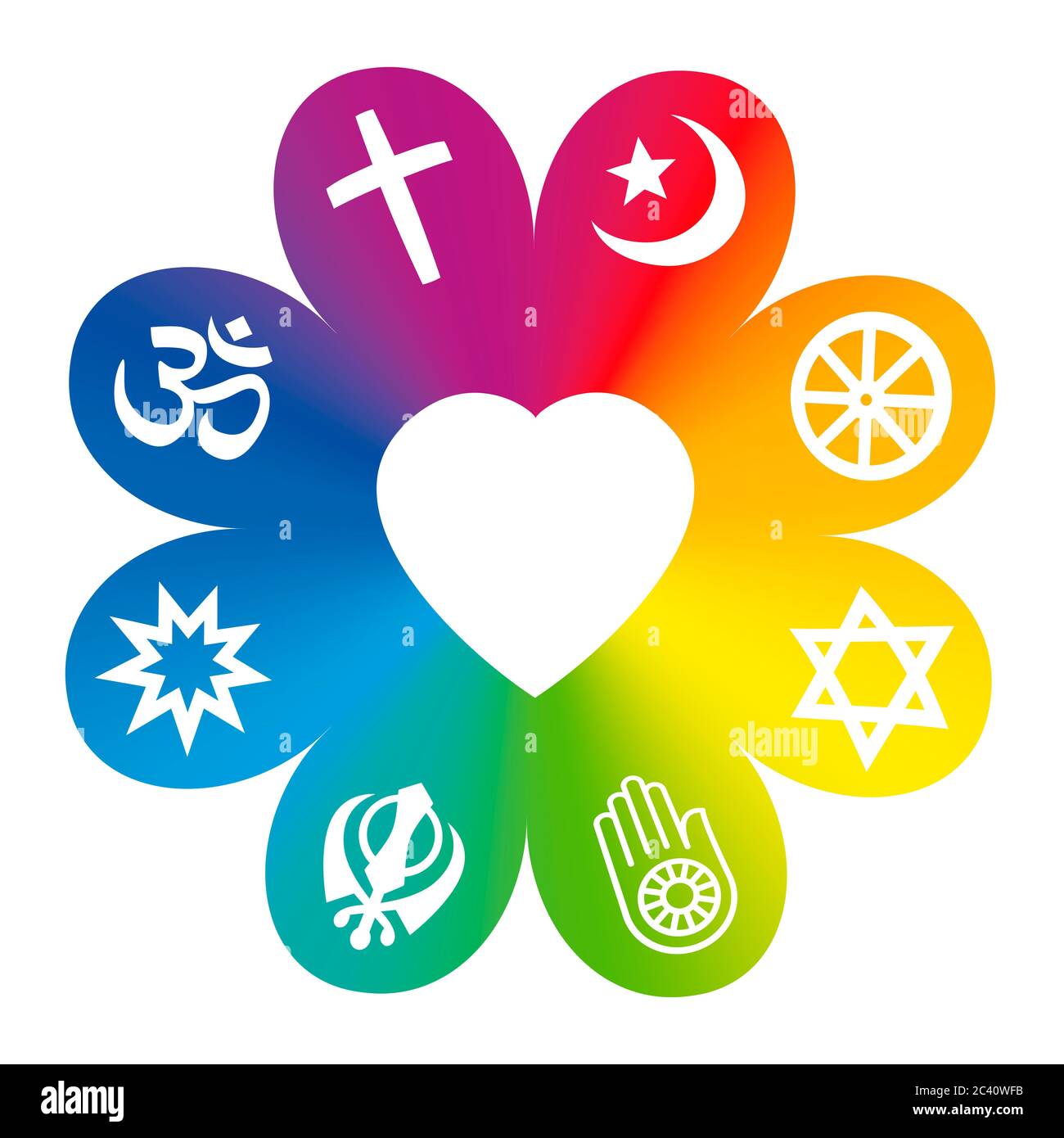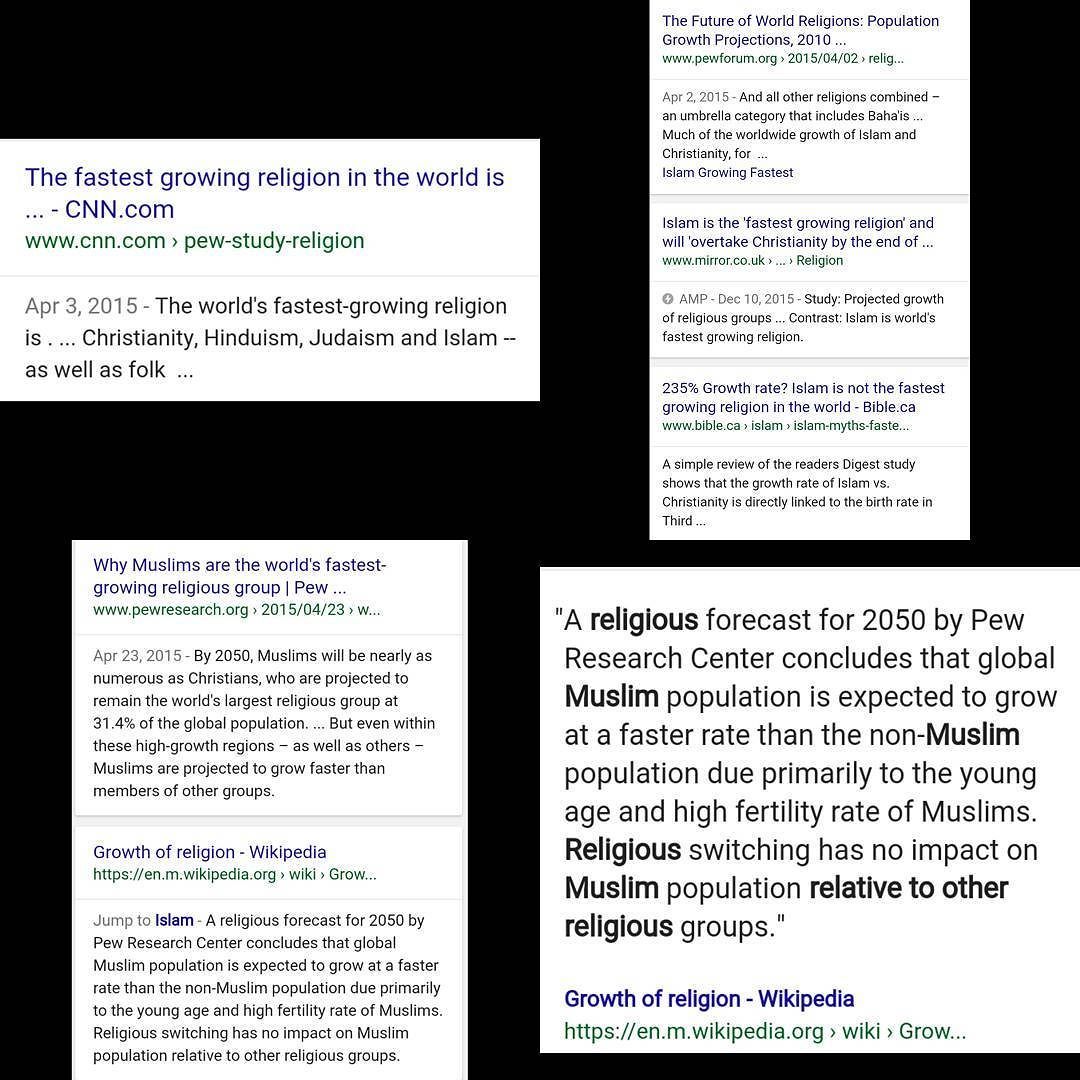Making Sense of Religion: A Comparative, Practical Guide to World Faiths
Introduction: The Search for a Religion That Makes Sense
Many individuals seek a worldview that provides coherent answers about life’s purpose, morality, and our place in the universe. The question “what religion makes the most sense” is subjective, influenced by personal experience, upbringing, and individual reasoning. This guide draws on comparative academic perspectives, philosophical analysis, and real-world examples to help you examine how the world’s largest and most influential religions approach these core questions. It also provides actionable steps and resources for further exploration, without assuming any single faith as universally ‘correct.’
The Major World Religions: An Overview
Globally, over three-quarters of people identify with one of four religions: Christianity, Islam, Hinduism, or Buddhism. These traditions, along with Judaism, are often highlighted in comparative studies because of their historical impact, philosophical depth, and broad followings. [2] [5]
- Christianity : Approximately 2.4 billion adherents worldwide.
- Islam : Nearly 2 billion followers.
- Hinduism : About 1.2 billion adherents.
- Buddhism : Roughly 500 million followers.
- Judaism : Around 16 million, significant for its historical role and foundational texts. [5]
Understanding these religions’ core beliefs, practices, and philosophical frameworks is essential for anyone seeking a faith that “makes sense” to them.
Philosophical Coherence: Key Considerations
When evaluating which religion “makes the most sense,” many look for internal consistency, explanatory power, and alignment with observed reality. Below are academic and philosophical perspectives on each tradition: [1]
Christianity
Christianity posits a personal, triune God who creates the universe and interacts with humanity. The faith hinges on historical claims such as the resurrection of Jesus, which, if accepted, supports the unique divinity of Christ. Christianity addresses the existence of evil through the concepts of sin and redemption, aiming for coherence with moral intuition and the experience of purpose. [1]
Islam
Islam emphasizes the oneness and transcendence of God (Allah), with salvation achieved through submission to divine will. The Qur’an is viewed as the final and complete revelation. Some critiques focus on historical claims, such as the denial of Jesus’ crucifixion, which contrasts with earlier sources. Nonetheless, Islam’s strict monotheism is philosophically simple and internally consistent. [1]
Hinduism
Hinduism describes an all-encompassing reality (Brahman) and cycles of reincarnation. Its complexity accommodates a wide spectrum of beliefs, but some argue that the concept of ultimate unity challenges the explanation for individual experience. Some scientific claims, such as the health benefits of certain practices, are echoed in Hindu teachings, but core metaphysical claims like reincarnation lack empirical support. [1] [4]

Source: sensiblereligion.wordpress.com
Buddhism
Buddhism centers on impermanence, suffering, and the path to enlightenment (nirvana). Its doctrines of no-self and dependent origination challenge traditional metaphysics but offer a practical path to reducing suffering. Critics point to the lack of a governing deity and the untestability of some core claims. Many appreciate Buddhism’s psychological insights and meditative practices. [1]
Judaism
Judaism teaches a covenantal relationship with a personal God and grounds its claims in historical events and ethical monotheism. Some view the lack of a universally recognized Messiah or incomplete fulfillment of prophetic promises as a challenge to its central claims. However, Judaism’s emphasis on community, law, and moral responsibility is seen as robust. [1]
Compatibility with Science and Modern Thought
The relationship between religion and science is complex, with varying degrees of tension and harmony across traditions. Many adherents find ways to integrate scientific understanding with spiritual beliefs. [4]
Examples:

Source: kapowprimary.com
- Many Muslims believe Islam and science can coexist, though topics like evolution may create tension.
- Hindu perspectives often see religion and science as overlapping, citing ancient references to concepts later confirmed by science.
- Christianity features a spectrum, from literal interpretations of scripture to theistic evolution.
- Buddhism’s focus on personal experience and meditation is sometimes considered compatible with psychological and neuroscientific findings.
If science-religion compatibility is important, you may wish to engage with local academic institutions, interfaith centers, or read recent books by scientists who discuss their faith perspectives. Searching for “science and [religion name]” in academic journals or university libraries can provide nuanced discussions.
Cultural and Community Dimensions
Beyond philosophical or scientific considerations, religion often provides a sense of belonging, ethical guidance, and community support. The impact of a faith tradition on its followers’ lives-morally, socially, and psychologically-varies widely and can be explored through personal visits, community service, or interfaith events. [2]
Step-by-Step Guidance for Exploring Religions
- Identify what you value most: philosophical coherence, scientific compatibility, community, ritual, or ethical teachings.
- Attend services or gatherings at local places of worship. Most communities welcome respectful visitors for educational purposes.
- Engage with adherents and leaders. Ask questions about beliefs, practices, and the reasoning behind them.
- Read primary texts and accessible commentaries. Libraries and online platforms such as university websites often offer free resources.
- Reflect on how each tradition addresses life’s big questions: origin, meaning, morality, and destiny.
If you are seeking structured introductory courses, many universities and seminaries offer online classes in comparative religion. You can search for “comparative religion online course” from accredited institutions for a scholarly approach. [3]
Potential Challenges and Solutions
Choosing or understanding a religion can be challenging due to complex doctrines, cultural differences, or past negative experiences. Consider the following approaches:
- Seek out interfaith dialogues or community events to experience multiple perspectives without pressure to convert.
- Consult with academic scholars, religious studies departments, or local clergy for nuanced insights.
- Use critical thinking and personal reflection. Question and test claims, looking for internal consistency and practical outcomes.
- If you encounter conflicting claims, focus on how each tradition addresses core existential questions and ethical challenges.
Remember, there is no universally agreed-upon standard for what “makes the most sense.” What resonates logically or emotionally for one person may differ for another. Many find value in ongoing exploration, dialogue, and self-reflection.
Alternative Approaches and Resources
If traditional paths do not appeal, you might explore smaller faiths, secular philosophies, or ethical humanism. Academic fields such as comparative religion and philosophy of religion offer structured methods for analysis. [3]
To deepen your exploration, consider the following steps:
- Search for “world religions overview” in public library databases or on reputable educational platforms.
- Read memoirs or interviews with people who have converted to or from different faiths for practical insights.
- Join online discussion forums or local meetups on religious literacy and interfaith understanding.
Summary and Key Takeaways
Determining which religion “makes the most sense” is a deeply personal process involving intellectual, emotional, and social factors. The world’s major religions offer diverse, robust answers to life’s central questions. By engaging with communities, reading primary texts, and maintaining an open, critical mind, you can make an informed decision or simply expand your understanding of humanity’s great spiritual traditions.
References
- [1] AI Compares the Major World Religions to Find Out Which Is Most Logically Coherent (2025). Philosophical analysis of core doctrines.
- [2] Population Education (2024). Global statistics and demographic overview of major religions.
- [3] Wikipedia. Comparative religion-academic approaches and geographic classification.
- [4] Pew Research Center (2020). The intersection of science and religion across major faiths.
- [5] World Religions from an Academic Point of View (2024). Video summary of global religious demographics and academic perspectives.
MORE FROM cheerdeal.com













